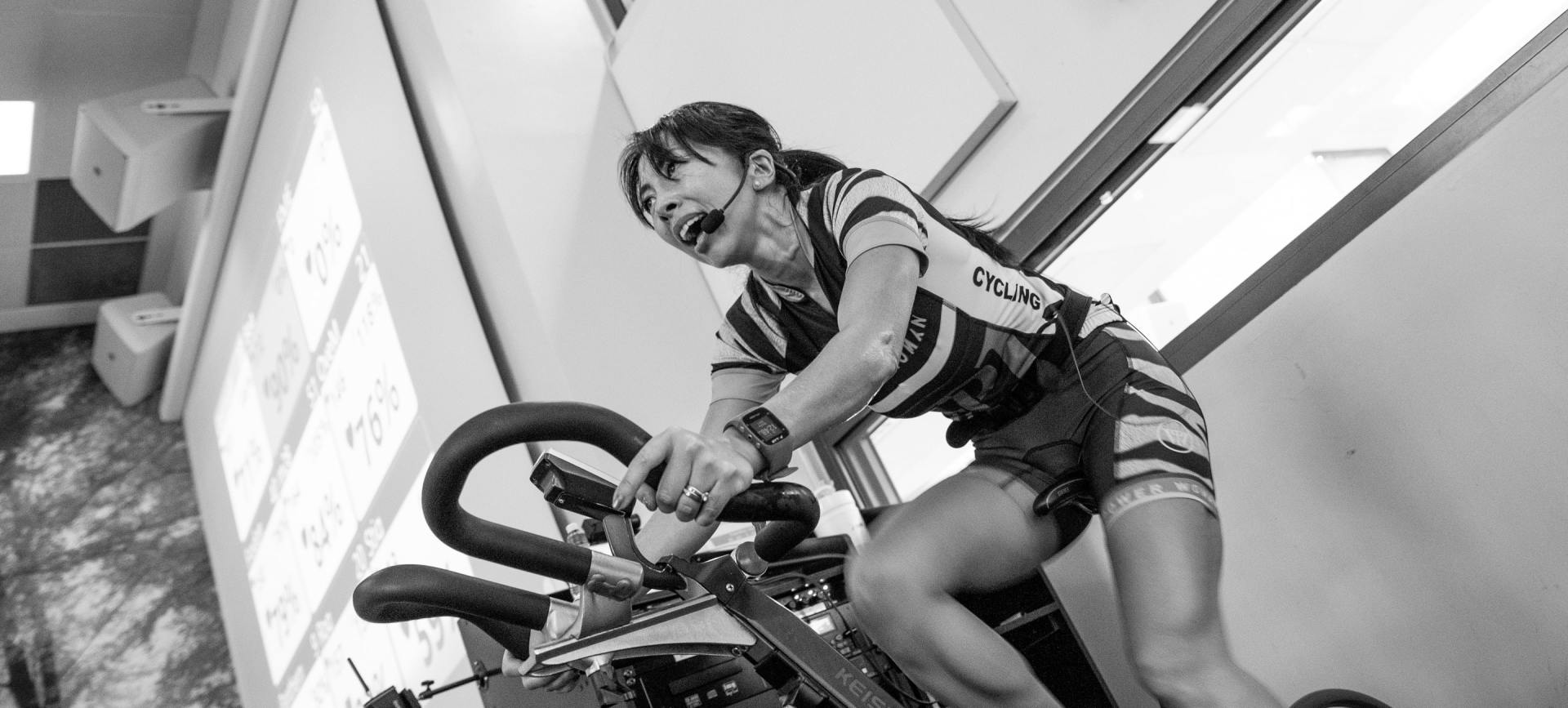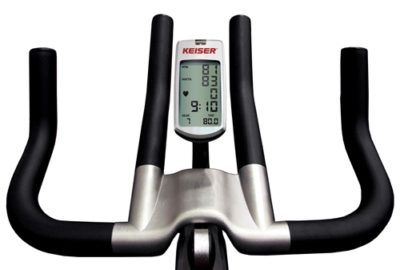Indoor Cycling at Vitruvian Fitness
No Monkey Business. Just Hard Riding!
Indoor Cycling at Vitruvian Fitness.
Indoor Cycling at Vitruvian Fitness is the most fun you’ll have in a cycling class that challenges your heart, legs, lungs and spirit while maintaining an authentic riding experience. Come prepared to ride true to the way you ride outside with hills, speed work, intervals, pace lines, switchbacks, grinds, and good times. We might even stop for an espresso at Amante Coffee afterwards. OK, not really but we’ll be happy to brew a pot after class if you like!
We ride hard and leave the funny business to the others. You won’t be doing push-ups, lifting weights, goofy back-tapping or jump shenanigans. In fact, our classes are just the opposite: scientifically proven, tour-tested cycling that will make you a better rider, a more fit human being, better looking and more interesting at parties. Even cyclists who don’t ride outside will love indoor cycling at Vitruvian Fitness.
When we ride, we tend to observe some of these rules of the road (mostly with tongue planted in cheek). Most of the time, we’re subscribers of Phil’s New Rules of Cycling.
Our bike of choice is the Keiser M3. One of the most advanced indoor cycling bikes out there. With power meters on every bike and a magnetic resistance system, every bike shifts virtually the same as the others allowing you to measure the effort of every ride and track your progress over time. Even if you’re not an outdoor rider, you’ll love how the bike rides and changes gears predictably. No knobs with brake pads that vary from one bike to the next. And when you ride with power, you know exactly how hard and how fast you’re going.
Our bikes accommodate Shimano SPD cleats or plain old sneakers. Bring a water bottle, your shoes and your positive mental attitude and we’ll furnish the rest.
We are also dealers of Skratch Labs hydration products. Pick up a single for class or a 1 pound bag to take home for your next ride.
Click here to sign up for a class today!
You might also enjoy these posts . . .










